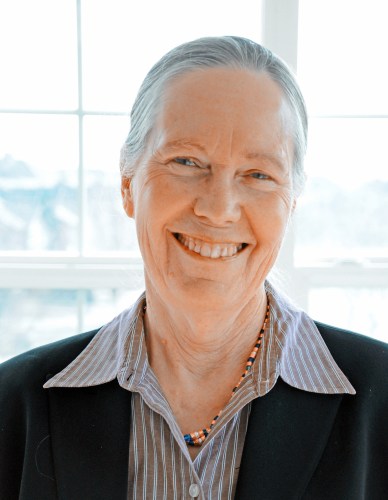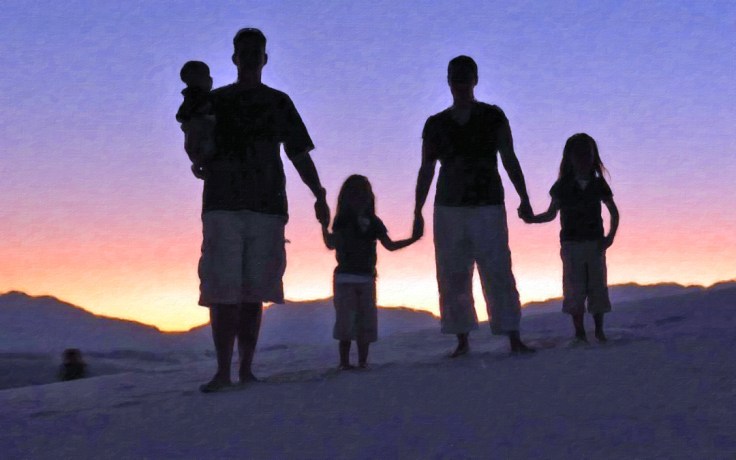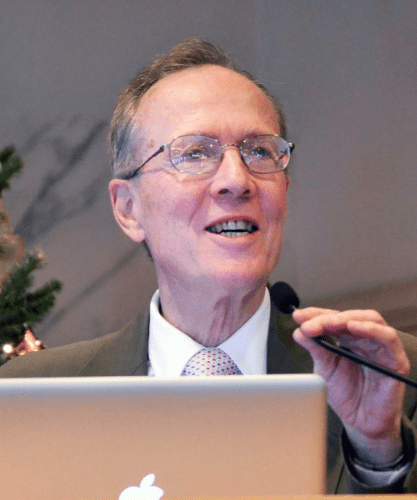By John Redmond
 Recently, we have been called to resume witnessing in the Unification Movement in order to recapture the spirit of the 1970s, a time when most of its American members joined.
Recently, we have been called to resume witnessing in the Unification Movement in order to recapture the spirit of the 1970s, a time when most of its American members joined.
I’m a veteran of those days and have come to the conclusion they are firmly behind us. However, I am strangely optimistic about the future of our movement and of witnessing in general.
What do I mean by “witnessing?”
In the Christian ideal, it is a communication of a personal, deeply spiritual event which has affected one so positively that one feels compelled to offer that insight to others so they can achieve that experience as well. Christianity testifies to individual salvation: your conversion and life of faith is between you, God and the Holy Spirit.
Saints in Christian tradition are individuals, both men and women, who have modeled in their lives evidence of a transcendent, loving God.
In Buddhism, one is encouraged to reach a higher consciousness, step out of the day-to-day grind, control the thoughts circling in your head, and try to feel and be aware of a higher, universal interconnectedness and add that reality to your daily life. The monks and nuns in Buddhism model that ideal.
In Unificationism, we witness to the Three Blessings and the three generation family. Individual salvation is not enough, and creating an individual spiritual success is only the foundation for a multi-generational family and wealth. Our salvation is not complete until we have accomplished all three goals. It stands to reason then, that our challenge is higher and deeper than individual witnessing and will require creativity and honest evaluation and persistence.
In my experience, all successful witnessing is done by example. Many of my generation joined our movement because of who they met, not because of what was said.
An English member recently told me of walking through Boston and meeting another Englishman who invited him to an event and he politely declined. Later he met a Japanese woman who couldn’t speak English and had a confusing flyer but he went to the program anyway; he just trusted her. The Principle gets you to stay and commit, but the character of the people and their spiritual foundation allow you to listen.
Continue reading “Authenticity, Sincerity and 21st Century Witnessing”

















Recent Comments